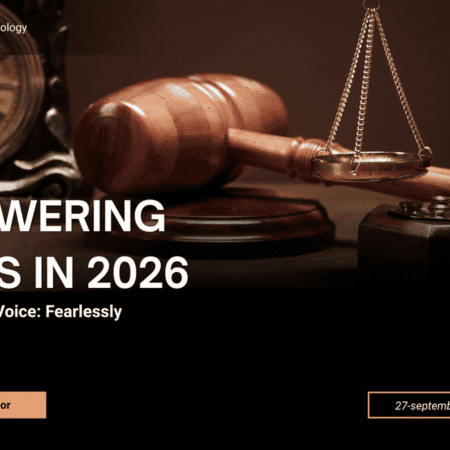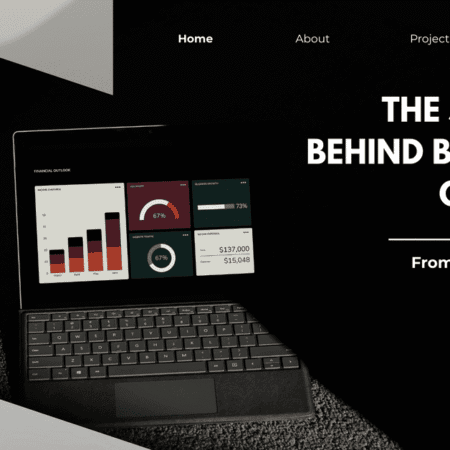Running a successful charter business isn’t just about having beautiful vessels and exceptional service – it’s about understanding the numbers that drive your profitability. One of the most critical metrics you need to master is occupancy rate calculation. Whether you’re operating yacht charters, fishing boats, or sightseeing vessels, knowing how to accurately calculate and optimize your occupancy rate can be the difference between thriving and barely staying afloat.
I’ve worked with dozens of charter operators over the years, and I can tell you this: the businesses that consistently track and optimize their occupancy rates are the ones that build sustainable, profitable operations while their competitors struggle with empty boats and missed revenue opportunities.
Understanding Charter Business Occupancy Rate
Charter business occupancy rate measures the percentage of your available capacity that’s actually being utilized over a specific period. Unlike hotels that measure room occupancy, charter businesses must consider multiple factors including vessel capacity, available operating days, and seasonal variations.
The basic occupancy rate formula for charter businesses is:
Occupancy Rate = (Total Booked Capacity / Total Available Capacity) × 100
However, charter businesses have unique considerations that make this calculation more nuanced than other industries. Your “available capacity” isn’t just about the number of seats on your boat – it includes weather dependencies, maintenance schedules, and regulatory restrictions that can impact your actual operating days.
Basic Occupancy Rate Calculation Methods
Daily Occupancy Rate
For day-to-day operations, calculate your daily occupancy by dividing the number of passengers on each trip by your vessel’s maximum capacity. If your boat holds 20 passengers and you have 16 guests on board, your occupancy rate for that trip is 80%.
This method works well for businesses running multiple trips per day or tracking performance on specific excursions. It helps you identify which trips consistently perform well and which might need pricing adjustments or better marketing.
Fleet Utilization Rate
If you operate multiple vessels, your fleet utilization rate becomes crucial. According to FinModelsLab’s charter boat analysis, industry benchmarks for charter services typically range from 70% to 85% occupancy rates.
Calculate fleet utilization by considering all vessels in your operation:
Fleet Utilization = (Total Hours Used Across All Vessels / Total Available Hours) × 100
Seasonal Occupancy Calculations
Charter businesses face significant seasonal variations. Your summer occupancy might reach 90%, while winter months could drop to 30%. Calculate seasonal occupancy by tracking performance across different periods:
Seasonal Occupancy = (Booked Days in Season / Available Operating Days in Season) × 100
At Personalized Blog, we’ve observed that successful charter operators use seasonal data to optimize pricing strategies and plan maintenance schedules during low-demand periods.
Advanced Calculation Techniques

Yacht Charter Occupancy
For luxury yacht charters, the calculation becomes more sophisticated. Research from luxury yacht charter operations shows that industry benchmarks often see occupancy rates ranging from 70% to 85% during peak seasons, while off-peak periods might dip to 40% to 60%.
Yacht Occupancy = (Number of Booked Yacht Days / Total Available Yacht Days) × 100
For example, if you have 10 yachts available for 30 days each month (300 total available days) and book 210 of those days, your occupancy rate is 70%.
Revenue-Weighted Occupancy
Consider implementing revenue-weighted occupancy calculations that account for different pricing tiers. A half-day fishing trip and a full-day luxury charter shouldn’t be weighted equally in your occupancy analysis.
Revenue-Weighted Occupancy = (Actual Revenue / Maximum Possible Revenue) × 100
This method provides a more accurate picture of your business performance, especially when you offer diverse charter options at different price points.
Factors Affecting Charter Occupancy Calculations
Weather Dependencies
Unlike land-based businesses, charter operations face weather-related cancellations that significantly impact occupancy calculations. When calculating your occupancy rate, consider whether to include weather-cancelled days in your “available days” denominator.
Many successful operators track two metrics: gross occupancy (including weather days) and operational occupancy (excluding weather-cancelled days). This dual approach provides clearer insights into both market demand and operational efficiency.
Maintenance and Regulatory Downtime
Vessels require regular maintenance, inspections, and regulatory compliance checks. These scheduled downtimes should be excluded from your available capacity calculations to avoid artificially deflating your occupancy rates.
Seasonal Variations
Charter businesses typically experience dramatic seasonal swings. A fishing charter in Alaska might operate only four months per year, while a Caribbean yacht charter runs year-round. Your occupancy calculations must account for these operational realities.
Industry Benchmarks and Standards
Understanding industry benchmarks helps you evaluate your performance against competitors. Based on comprehensive industry analysis from Preno’s occupancy research, here are typical occupancy benchmarks for different charter types:
Fishing Charters: 60-75% during peak season
Sightseeing Tours: 70-85% in tourist areas
Luxury Yacht Charters: 70-85% peak season, 40-60% off-peak
Party/Event Charters: 80-95% during wedding season
These benchmarks provide context for your performance, but remember that local market conditions, competition levels, and service quality significantly impact achievable occupancy rates.
Strategies to Improve Occupancy Rates

Dynamic Pricing Models
Implement pricing strategies that adjust based on demand, weather forecasts, and booking patterns. Lower prices during slow periods can boost occupancy while premium pricing during peak times maximizes revenue per trip.
Targeted Marketing Campaigns
Use occupancy data to identify underperforming time slots or seasons, then develop targeted marketing campaigns to boost bookings during these periods. Social media advertising, local partnerships, and seasonal promotions can effectively fill empty seats.
Operational Efficiency Improvements
Analyze your occupancy patterns to optimize scheduling. If morning trips consistently outperform afternoon excursions, consider adjusting your schedule or pricing to better balance demand throughout the day.
Technology Tools for Occupancy Tracking
Modern charter businesses benefit from specialized software that automatically tracks occupancy rates, generates reports, and provides real-time insights. These tools can integrate with booking systems to provide accurate, up-to-date occupancy data without manual calculations.
Consider implementing dashboard systems that display key metrics including daily occupancy, seasonal trends, and fleet utilization rates. This real-time visibility enables quick decision-making and helps identify opportunities for improvement.
Calculating occupancy rates for your charter business isn’t just about crunching numbers – it’s about understanding the heartbeat of your operation. By consistently tracking these metrics and comparing them against industry benchmarks, you can identify trends, optimize pricing strategies, and make informed decisions that drive profitability.
Remember that occupancy rate is just one piece of the puzzle. High occupancy with low profit margins isn’t sustainable, while moderate occupancy with premium pricing might be more profitable. Use occupancy calculations as a foundation for broader business analysis, always considering factors like customer satisfaction, operational costs, and long-term sustainability.
The charter businesses that thrive are those that treat occupancy rate calculation as an ongoing process, not a one-time exercise. Regular monitoring, seasonal adjustments, and strategic responses to occupancy trends will position your charter business for long-term success in an increasingly competitive market.








No Comment! Be the first one.